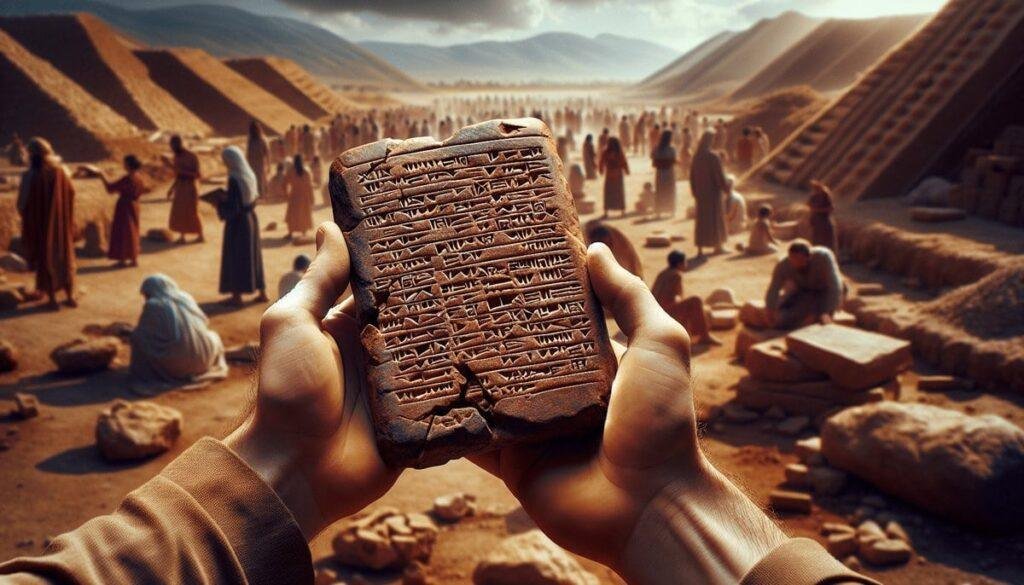Have you ever considered the role of symbols in conveying meaning and hope, especially within a biblical context? One of the most fascinating symbols is the cherubim, often depicted as a radiant light, representing both divine authority and hope. Let’s unpack this intricate subject together, exploring its historical, theological, and cultural significance.

What Are Cherubim?
Cherubim are more than just celestial beings; they are deeply woven into the tapestry of biblical narratives. Traditionally depicted as guardian figures, they appear throughout various texts, intertwining their essence with themes of safety, wonder, and divine presence. In art and literature, cherubim are often shown as winged creatures, embodying a sense of majesty and authority.
Biblical References
The earliest references to cherubim can be traced back to the Book of Genesis, where they guard the entrance to the Garden of Eden. This positioning suggests an important role in the divine hierarchy, serving as protectors of sacred spaces.
Key Scriptural Mentions:
Genesis 3:24 – “So he drove out the man; and he placed at the east of the garden of Eden cherubim, and a flaming sword which turned every way, to keep the way of the tree of life.”
Exodus 25:18-20 – In the instructions for the Ark of the Covenant, God commands Moses to make two cherubim of gold, which cover the mercy seat. Their wings stretch out to meet in a divine embrace, symbolizing God’s presence.
This sacred imagery not only resonates with the theme of protection but also reflects the authority bestowed upon these beings by the Divine.
The Cherubim Light: Symbolism and Significance
Picture this: cherubim as beacons of light illuminating the darkness, serving not only as protectors but as symbols of hope. The idea of “cherubim light” offers a vibrant illustration of their significance in biblical texts.
Light as Knowledge and Revelation
In many traditions, light represents knowledge or revelation. In the context of cherubim, this light can symbolize God’s omniscience and presence among His people. The concept of “cherubim light” implies a guiding force, an ethereal illumination that directs believers in their faith journey.
- Isaiah 60:1 states, “Arise, shine, for your light has come, and the glory of the Lord has risen upon you.” Here, the imagery aligns well with the idea of cherubic light shining brightly in guiding believers towards hope.
Authority Conveyed Through Presence
The intersections of authority and hope are critical when discussing the idea of cherubim. Their presence often conveys a sense of divine rule, underscoring the belief in a higher authority governing the universe. In ancient cultures, light was also associated with kingship and dominion, seamlessly connecting it with the presence of cherubim.
- Ezekiel 10 describes the cherubim associated with the divine chariot, illustrating their role as powerful agents in God’s dealings with humanity.
Here, cherubim are portrayed as not only protectors but as ambassadors conveying God’s authority.

Archaeological Insights into Cherubim
You might be curious about any archaeological findings that connect with the biblical depictions of cherubim. Throughout history, excavations have provided valuable contexts that affirm the roles and representations of these celestial beings.
Ancient Near Eastern Context
Archaeological discoveries in the ancient Near East indicate that the imagery of cherubim was not exclusive to the Israelites. The Mesopotamian cultures depicted similar figures as guardians of temples and sacred spaces.
- Evidence of Winged Bulls: Assyrian and Babylonian artifacts present winged bulls and lion-human hybrids, indicative of the guardianship and authority found in cherubim imagery.
This cultural overlap challenges the notion that cherubim are purely isolated figures in biblical literature. Instead, they arise from a broader context that includes a shared understanding of divine protection and authority.
The Ark of the Covenant
The Ark of the Covenant, a significant artifact in biblical history, features cherubim in its design.
- Historical Importance: Constructed during the Exodus, the Ark represented God’s covenant with His people. The cherubim on the mercy seat served not only as decorative elements but as symbols of the divine presence, reinforcing the hope and authority that God extended to the Israelites.
Table: Comparison of Cherubim Iconography
| Culture | Description | Symbolism |
|---|---|---|
| Ancient Israel | Winged beings on the Ark of the Covenant | Divine protection and presence |
| Assyrian Empire | Winged bulls in temples | Guardians of sacred spaces |
| Babylonian Culture | Lion-human hybrids | Power and authority |
This table provides a snapshot of how similar themes manifest across cultures, reinforcing the role of cherubim as universal guardians.
Cherubim in Theological Studies
When you think about cherubim, it’s essential to acknowledge their significance in theological discussions. Scholars have delved deeply into what these beings signify about God and His interaction with humanity.
Angelology: The Study of Angels
Cherubim are often discussed as part of angelology, the study of angels. In this field, they represent a specific hierarchy within the celestial beings, distinguished by their unique attributes and roles.
- Distinctive Features: The four faces of cherubim (man, lion, ox, and eagle) noted in Ezekiel symbolize various attributes, such as wisdom, strength, servitude, and divinity.
This multifaceted representation adds depth to understanding their role as creatures of light and authority.
Implications for Believers
Theological discussions surrounding cherubim extend beyond academic interest. For many believers, these beings serve as reminders of God’s watchful care and guidance.
- Hope in Dark Times: In periods of struggle, cherubim can be viewed as metaphors for hope. The “cherubim light” shines through adversity, offering comfort in the realization that you are never truly alone.
Cultural Representations of Cherubim
The influence of cherubim transcends biblical texts, appearing in literature, art, and popular culture.
Art and Literature
Throughout history, artists have been captivated by the imagery of cherubim. Their representations often evoke feelings of wonder and reverence, whether seen in religious paintings or classical literature.
- Renaissance Art: Many painters incorporated cherubic figures, portraying them as innocent and adorable beings. This interpretation often strays from the profound authority and protection they represent in the biblical context.
Modern Interpretations
In contemporary culture, cherubim still hold a place in symbolism, often embodying innocence and divine protection. They appear in various forms of media and serve as reminders of the hope offered through faith.
- Film and Literature: Movies and books occasionally reference cherubim, highlighting their roles as messengers or guides, embodying a more whimsical interpretation of these celestial beings.
Conclusion: Cherubim as a Symbol of Hope and Authority
In tracing the significance of cherubim from the biblical context to contemporary interpretations, it becomes evident that they embody much more than atmospheric imagery. The “cherubim light” stands as a powerful symbol of hope and divine authority.
Summary of Key Points
- Diverse Representations: From ancient texts to modern depictions, cherubim serve as guardians of sacred spaces, symbolizing protection and authority.
- Cultural Contexts: Archaeological findings illustrate how cherubim influenced and were influenced by neighboring cultures, highlighting a shared understanding of divine guardianship.
- Theological Insights: In theological studies, cherubim reveal aspects of God’s nature, extending hope and light to believers in times of uncertainty.
Cherubim are integral symbols that connect humanity with the divine. Their light shines through various contexts, offering a bridge of hope that resonates deeply, encouraging you to see the authority and love poured forth by the divine presence in your life.


